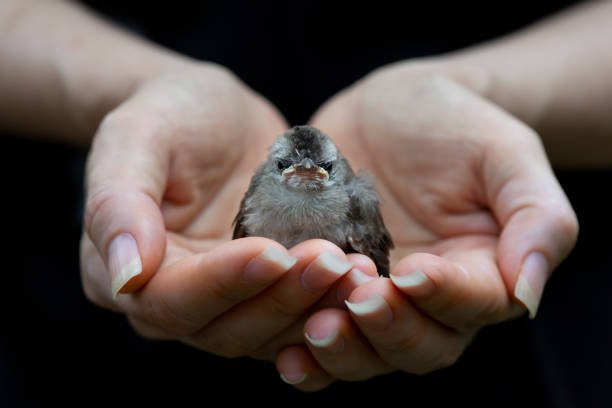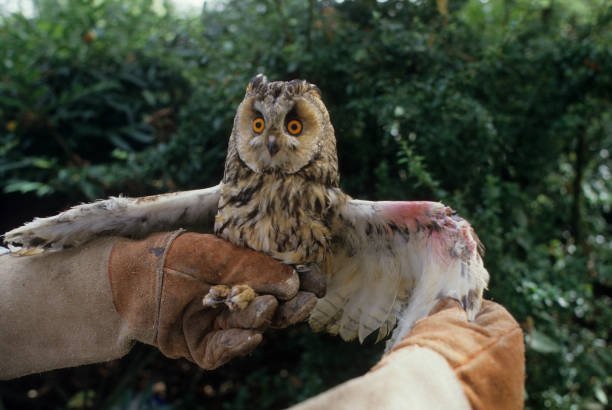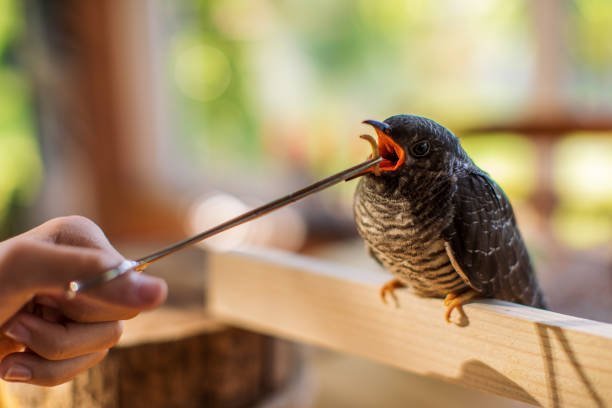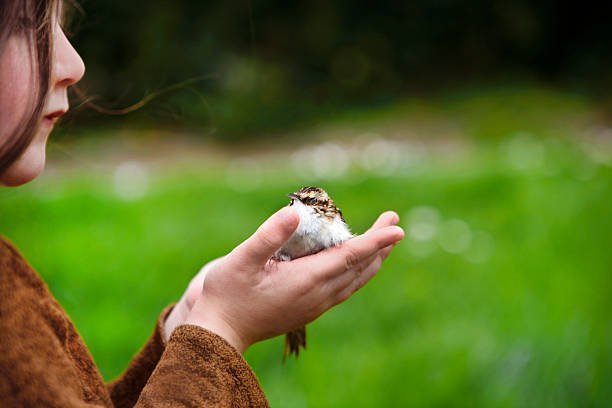Which Bird Species Are Most in Need of Rescue?

Introduction:
In this article, we delve into the pressing concern of avian conservation by examining the Earth’s diverse ecosystems are home to a wide array of bird species, each playing a unique role in maintaining ecological balance. However, the natural world is facing unprecedented challenges, from habitat destruction to climate change, that threaten the existence of many bird species.
The urgency of identifying and prioritizing species in need of rescue has never been more apparent. As we navigate the 21st century, human activities continue to exert immense pressure on avian populations worldwide. Conservation efforts require strategic allocation of resources and a focused approach to maximize their impact. In this exploration, we aim to shed light on the species teetering on the brink of extinction and the measures needed to ensure their survival for generations to come.
Threats to Avian Survival:
Avian survival faces an array of formidable threats in today’s rapidly changing world. Habitat loss stands as one of the foremost challenges, with urbanization, deforestation, and agriculture encroaching on critical bird habitats. These changes disrupt nesting, foraging, and migration patterns, pushing many species to the brink. Additionally, pollution, including pesticides, plastic waste, and chemical contaminants, poses a grave danger to birds, affecting their health, reproductive success, and overall population.
Climate change amplifies these threats, as rising temperatures and altered weather patterns disrupt ecosystems and shift the availability of food sources. This phenomenon can lead to mismatches in timing between the hatching of chicks and the emergence of prey, ultimately reducing the survival rates of young birds. Invasive species further compound the problem by outcompeting native bird species for resources and nesting sites.
Endangered Bird Species:
The list of endangered bird species continues to grow, reflecting the urgency of conservation efforts. Iconic species like the California Condor, Northern Spotted Owl, and Kakapo face critical risks due to habitat destruction, pollution, and invasive predators. The plight of these birds highlights the profound impact of human activities on avian biodiversity.
Endangered birds often serve as flagship species, drawing attention to broader conservation concerns. These species garner support for habitat restoration, captive breeding programs, and legislative efforts to protect critical habitats. Despite the challenges, success stories like the Bald Eagle and the Whooping Crane remind us that concerted conservation efforts can turn the tide and lead to population recoveries.
Conservation Initiatives:
Conservation initiatives are critical for safeguarding endangered bird species and preserving avian biodiversity. These efforts encompass a wide range of strategies, from habitat restoration and captive breeding programs to legislative protection and international cooperation. Sanctuaries and reserves play a crucial role in providing safe havens for at-risk species, allowing them to recover and rebuild their populations.
Collaborative efforts between governments, non-governmental organizations, and local communities are essential for success. Conservationists employ cutting-edge technologies, such as satellite tracking and genetic monitoring, to better understand the behavior and needs of endangered birds. Public awareness campaigns and education programs also raise the profile of these conservation issues, fostering a sense of responsibility among the global community.
Habitat Preservation:
Preserving vital habitats is central to the survival of endangered bird species. Protected areas, like national parks and wildlife reserves, are instrumental in conserving pristine habitats and ensuring the survival of countless avian species. Efforts to expand protected areas and establish corridors for migratory birds are critical steps in this endeavor.
Beyond designated protected areas, sustainable land management practices and reforestation efforts are vital for restoring and maintaining suitable bird habitats. Local communities often play an essential role in these initiatives, as their involvement can lead to more effective conservation outcomes. By preserving and restoring diverse ecosystems, we can provide the necessary conditions for avian populations to thrive.
Climate Change Impacts:
Climate change poses a significant threat to avian survival, affecting birds across the globe. Rising temperatures disrupt the timing of migrations and breeding seasons, potentially leading to population declines. Shifts in the distribution of prey species can also impact the food sources of many bird species.
Rising sea levels threaten the nesting sites of coastal birds, while extreme weather events can destroy nests and disrupt populations. Conservationists are working to develop adaptive strategies, such as creating new protected areas and assisting species in moving to more suitable habitats. Mitigating greenhouse gas emissions remains a critical component of addressing climate change’s impact on avian biodiversity.
Future of Avian Biodiversity:
The future of avian biodiversity hinges on our ability to address the threats and challenges facing bird species today. Through collaborative conservation efforts, innovative technologies, and public engagement, we have the tools to protect endangered species and preserve the rich tapestry of bird life on Earth.
Continued research into avian behavior, genetics, and ecology will provide crucial insights for conservation strategies. Promoting sustainable practices in agriculture and land use is essential to mitigating habitat loss and pollution. Moreover, a global commitment to reducing carbon emissions is essential to tackling the pervasive threat of climate change.
In the face of these challenges, the dedication of scientists, conservationists, policymakers, and concerned citizens offers hope for the future of avian biodiversity. By acting decisively and collectively, we can ensure that future generations inherit a world where birds continue to grace our skies and ecosystems with their presence.
Conclusion:
I hope this exploration into the question, “Which Bird Species Are Most in Need of Rescue?” has shed light on the urgent challenges facing avian biodiversity. Our journey through the threats to avian survival, the plight of endangered bird species, and the various conservation initiatives have revealed a complex web of issues and solutions.
The fate of these remarkable creatures lies in our hands. By addressing habitat loss, pollution, invasive species, and climate change, we can make a tangible difference in the survival of endangered birds. The conservation initiatives and collaborative efforts of individuals, organizations, and governments offer a beacon of hope for these species on the brink of extinction.
The preservation of avian biodiversity is not only a moral imperative but also vital for maintaining the health and balance of our ecosystems. As stewards of this planet, it is our responsibility to ensure that the melodious songs of these feathered wonders continue to grace our skies for generations to come.










Post Comment